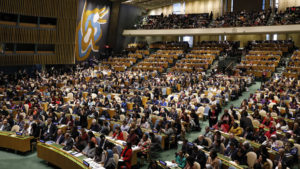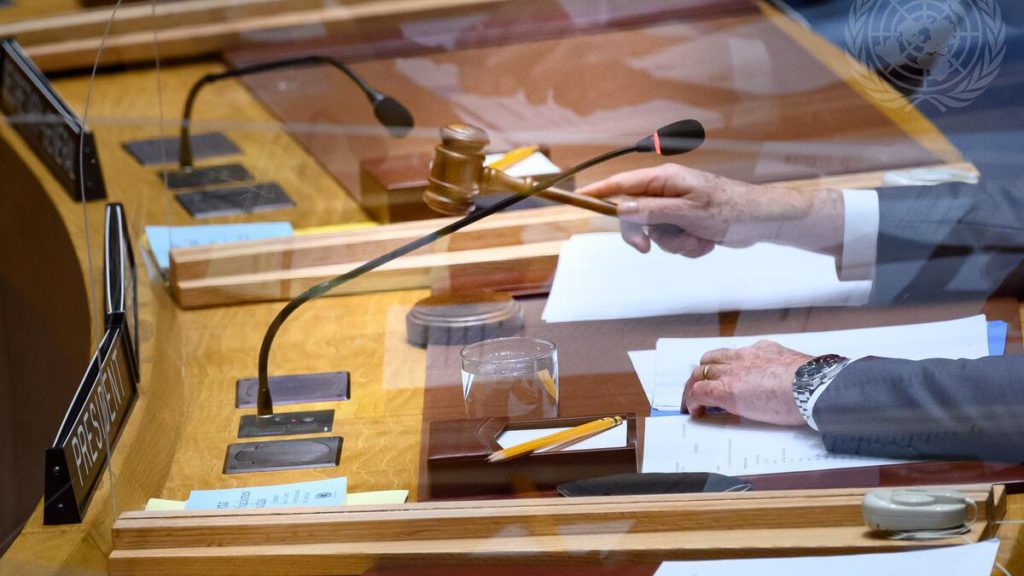The latest instalment in March 2023 of our National Dialogue peer-exchange series explored the somewhat overlooked potential of faith-based actors to influence National Dialogues. Here are five key takeaways from the discussion led by expert National Dialogue practitioners.
Faith-based actors can significantly influence formal peace and political transition processes, including initiatives such as National Dialogues, playing a range of roles across modalities and phases. In many countries, faith-based actors have considerable influence not only among their own constituents but over the public in general, meaning they are well-placed to support – or indeed undermine – processes like National Dialogues. While supporting key faith-based actors who are or could be engaged in peace efforts can increase the chances of sustainable peace, their potential often remains largely untapped.
This discussion touched on a broad variety of country contexts, with a particular focus on Ukraine, South Sudan, and Colombia, and was grounded in a series of framing questions:
- In what ways can faith-based actors be involved in National Dialogues? What factors enhance or hinder their participation and influence?
- Why do faith-based actors choose to engage in National Dialogues, and why do other actors seek to engage faith-based actors in National Dialogues?
- When and why do faith-based actors support or obstruct a National Dialogue?
- What opportunities and challenges emerge from the inclusion of faith-based actors?
- What differentiates faith-based actors from secular actors? What can faith-based actors uniquely contribute to National Dialogues?
The event sought to provide options and ideas to inform faith-based actors’ involvement in upcoming and ongoing National Dialogues and other actors’ engagement of faith-based actors in and around National Dialogue processes.
Five key takeaways
Takeaway 1: Faith-based actors do not exist in a vacuum but are grounded in context and can influence that context
While certain characteristics of faith-based actors – notably their communion with the spiritual and the sacred – set them apart from other societal actors, they do not exist in a vacuum. On the contrary, they are very much anchored in the national, regional, and local political and social context. The politicisation of religion and faith is a key factor shaping the space in which faith-based actors operate, but it is important to remember that politics is also inherently intertwined with religion; some (or even plenty of) faith-based actors are deliberately engaged in politics. Many faith-based actors – beyond those with overtly political ambitions – facilitate contact between their constituents and political leaders. But in many contexts, they could be more proactive in shaping democracy and society rather than reacting to pressure from the state.
Nevertheless, as for all societal stakeholders, the level of civic space – especially in terms of divergence of opinion – is predominately determined by the state. For initiatives such as National Dialogues, this means that – as for other societal stakeholders – faith-based actors’ ability to meaningfully influence a National Dialogue is largely dependent on the political will of the regime in power: do ruling elites want a true “dialogue” or just a “national monologue”?
Takeaway 2: A high level of popular trust in FBAs means they can lend legitimacy to initiatives like National Dialogues, but this trust cannot be taken for granted
While many faith-based actors have built up high levels of trust among both their constituents and the broader population, simply because an actor is faith-based doesn’t automatically make them the most trustworthy member of the community. A high level of trust in faith-based actors is thus not a universal phenomenon that can be taken as read. Where faith-based actors do enjoy a high-level of trust from both the broader population and elites, this trust allows them to exert influence over and confer legitimacy on initiatives like National Dialogues.
Takeaway 3: inclusivity and representativeness are two of the determinants of the level of popular trust in and therefore legitimacy of faith-based actors
While faith-based actors can in many cases be ‘close to the people’, that is not always necessarily the case and a number of critical questions regarding inclusivity and representation can be asked of faith-based actors: do they fully represent their whole faith community? Do they only represent their own faith community? How are they collaborating with other faith-based actors? Are they also meaningfully engaging with women and youth? What is their relationship to ruling elites?
A particularly pertinent issue relates to contexts of majority/minority faith-based actors, which account for by far the most common instances of faith distribution around the world. In such contexts, faith-based leaders from the majority often consider they should have the principal say in which faith-based actors are involved and how. But the majority status of such faith-based actors only serves to enhance their responsibility for inclusivity.
Takeaway 4: The power of unity in diversity
Faith-based actors’ credibility and authority is dependent on a number of factors, chief among which is unity. This unity can be multifaceted. Firstly, it concerns unity within faiths, as divided communities find it harder to engage in and influence processes such as National Dialogues. But it also concerns unity across faiths – given the power of communities from different faiths working together in a spirit of inclusivity for the greater societal good – unity among faith-based and secular actors, and even among civilian and military actors (a divide bridged by faith-based actors like military or medical chaplains).
The kind of holistic unity that can elevate faith-based actors’ ability to work for the greater societal good can thus best be described as a unity of purpose that respects, embraces, and leverages diversity. This power of unity in diversity rests on faith-based actors’ capacity for pluralistic dialogue – within their own faith community, with actors from other faiths, with civil society, the military, and the government – which many faith-based actors see as grounded in scripture.
Takeaway 5: The vital importance of inter- and multi-faith cooperation
As with politicians who are willing and able to ‘cross the aisle’, working across the inter-religious community, rather than only within their own religious community, is a very different mode of operation for faith-based actors, which requires particular characteristics that set such actors apart from the majority. These kinds of faith-based actors who see each other as equals in the civic space and are willing to work together inter- or multi-religiously to serve society at large are imbued with social cohesion. Such faith-based actors are best placed to positively influence initiatives like National Dialogues and help to shape societies’ pathways to lasting peace.
Our approach to the peer exchange series
In hosting this event series, Inclusive Peace and our ND practitioner partners aim to contribute to a better understanding of the dynamics of National Dialogues and explore strategies to improve their effectiveness.
Our approach puts the experience and lessons of ND practitioners at the heart of the discussion, by having peers from different country contexts lead the exchange. Country experts and international experts then have the opportunity to listen and learn from these experiences, but it is the peer exchange that is the main focus of the event.
The previous instalments in the event series, looked at the role National Dialogues can play in helping chart a way towards consensus in tough political environments, the challenges relating to politicisation of National Dialogue processes, the interaction of National Dialogues and elections, and the interplay of National Dialogues and peace talks. Read more about our work on National Dialogues here.
“Kinshasa,DR Congo:As part of activities marking the International Peace day in Kinshasa, MONUSCO organized a forum for religious leaders to meet the Public and discuss Peace in the DR Congo” by MONUSCO is licensed under CC BY-SA 2.0.
Report,
What Makes or Breaks National Dialogues?
This report is based on the National Dialogue research project and its comparative analysis of 17 cases of National Dialogues (1990 – 2014). It aims to contribute to a better understanding of the functions of National Dialogues in peace processes.
October 2017Anne Zachariassen, Cindy Helfer, Thania Paffenholz,

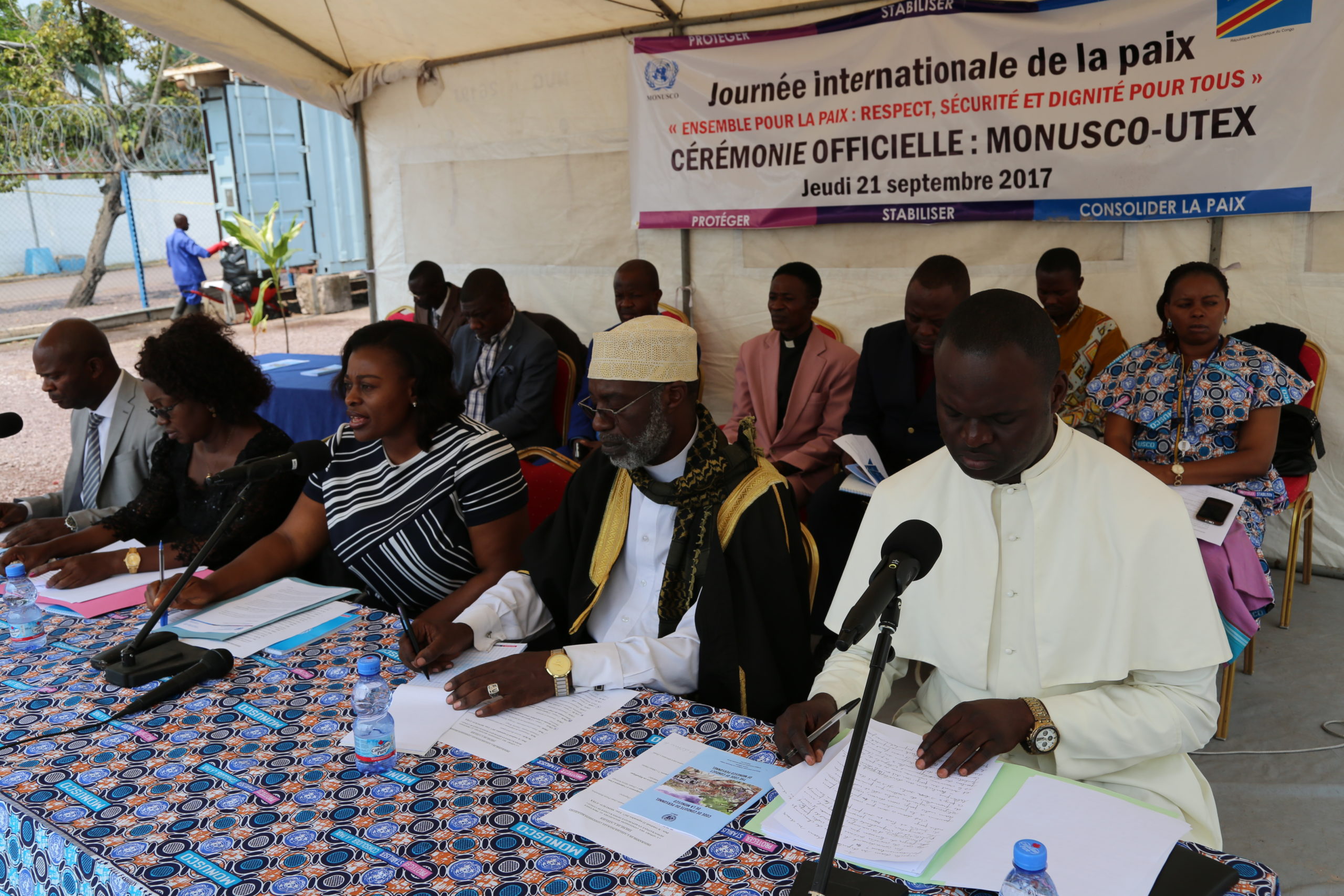

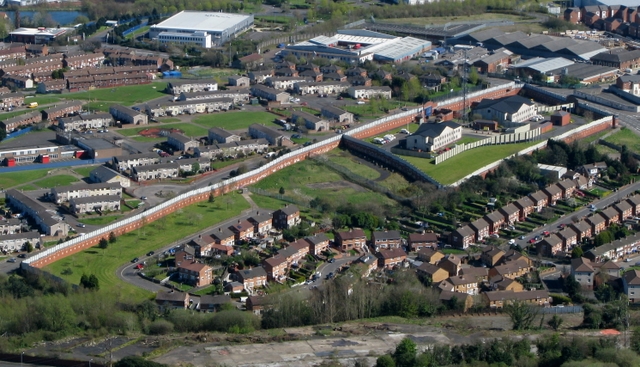 Yet, there has also been a marked recent shift in political and societal attitudes and priorities beyond sectarianism. The electoral success of both Sinn Féin and the non-sectarian Alliance Party in the 2022 Stormont elections are the manifestation of the Northern Irish population attaching greater importance to (universal) issues like education, healthcare, the welfare system, and economic considerations – chiefly inflation and the cost-of-living crisis – than to sectarian issues and Northern Ireland’s constitutional status. Polls in 2022 found that 21% Northern Ireland’s citizens consider themselves as “Northern Irish” rather than “British” or “Irish”.
Yet, there has also been a marked recent shift in political and societal attitudes and priorities beyond sectarianism. The electoral success of both Sinn Féin and the non-sectarian Alliance Party in the 2022 Stormont elections are the manifestation of the Northern Irish population attaching greater importance to (universal) issues like education, healthcare, the welfare system, and economic considerations – chiefly inflation and the cost-of-living crisis – than to sectarian issues and Northern Ireland’s constitutional status. Polls in 2022 found that 21% Northern Ireland’s citizens consider themselves as “Northern Irish” rather than “British” or “Irish”.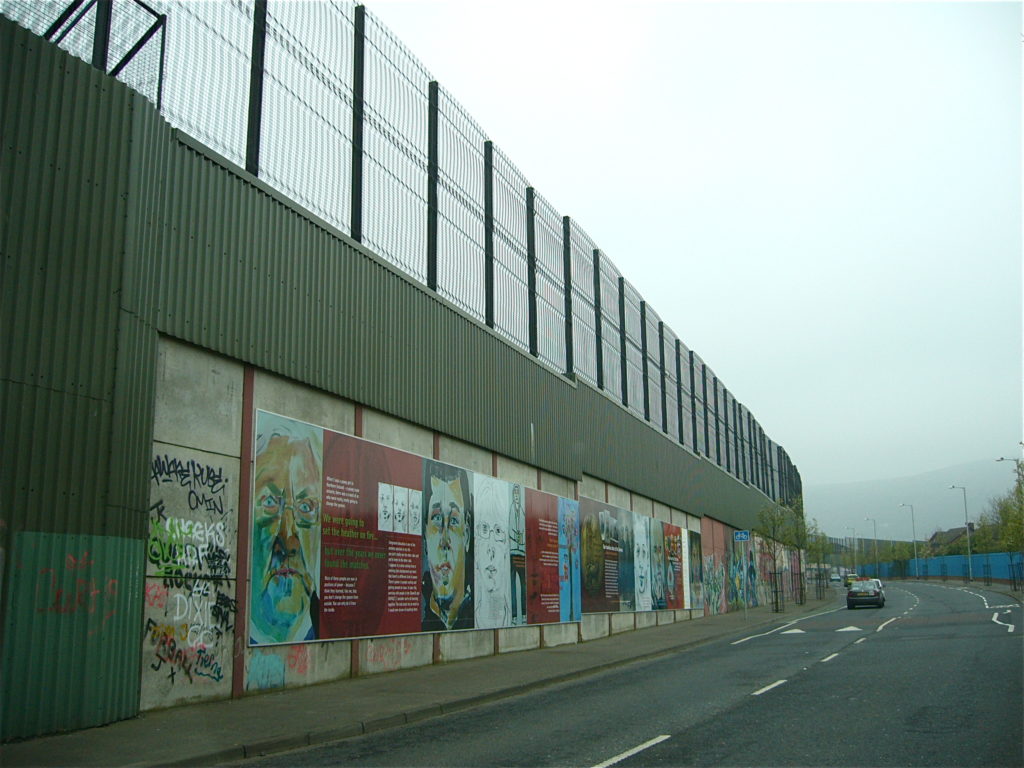
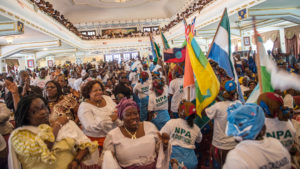 “Celebrate women’s achievements. Raise awareness against bias. Take action for equality.” This year’s international Women’s Day celebration, observed on the 8th of March, sets a clear agenda. With a focus on #BreakTheBias organisers of this year’s observance have partnered with major companies to fight gender inequality by fostering connections and offering entry points for collective action towards empowering women’s work in different industries and creating more visibility. Check out the initiatives
“Celebrate women’s achievements. Raise awareness against bias. Take action for equality.” This year’s international Women’s Day celebration, observed on the 8th of March, sets a clear agenda. With a focus on #BreakTheBias organisers of this year’s observance have partnered with major companies to fight gender inequality by fostering connections and offering entry points for collective action towards empowering women’s work in different industries and creating more visibility. Check out the initiatives 